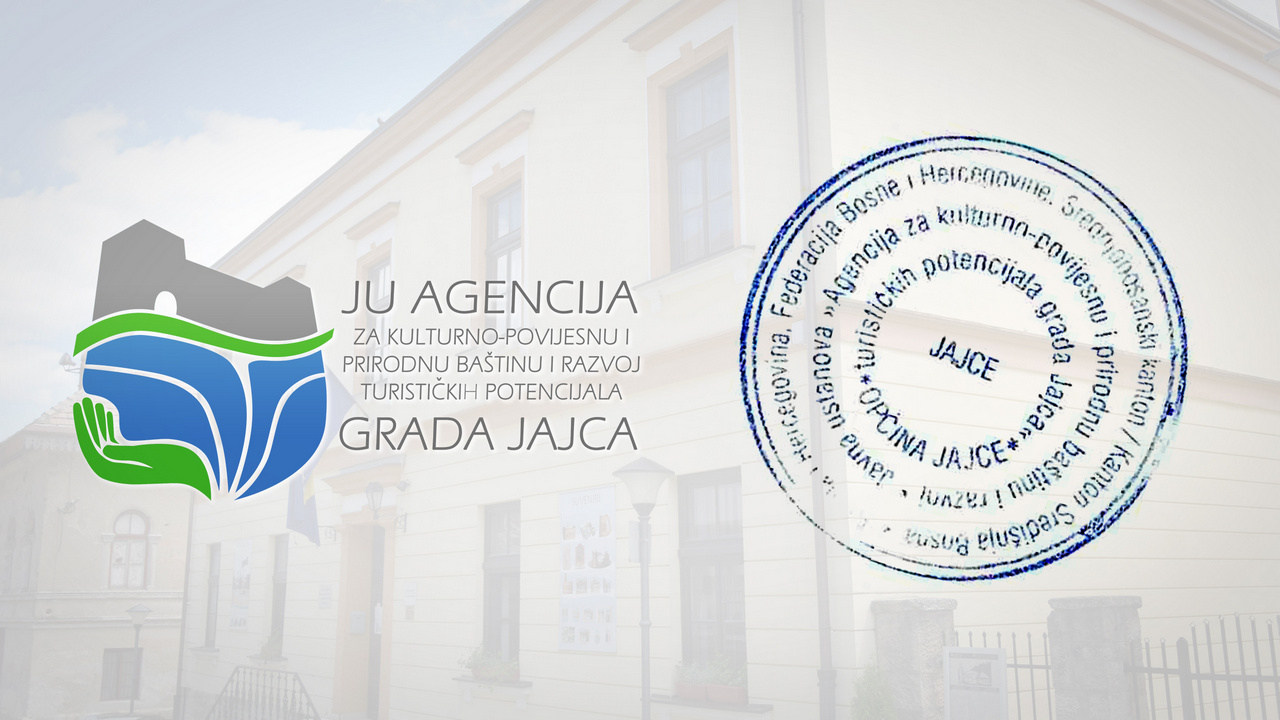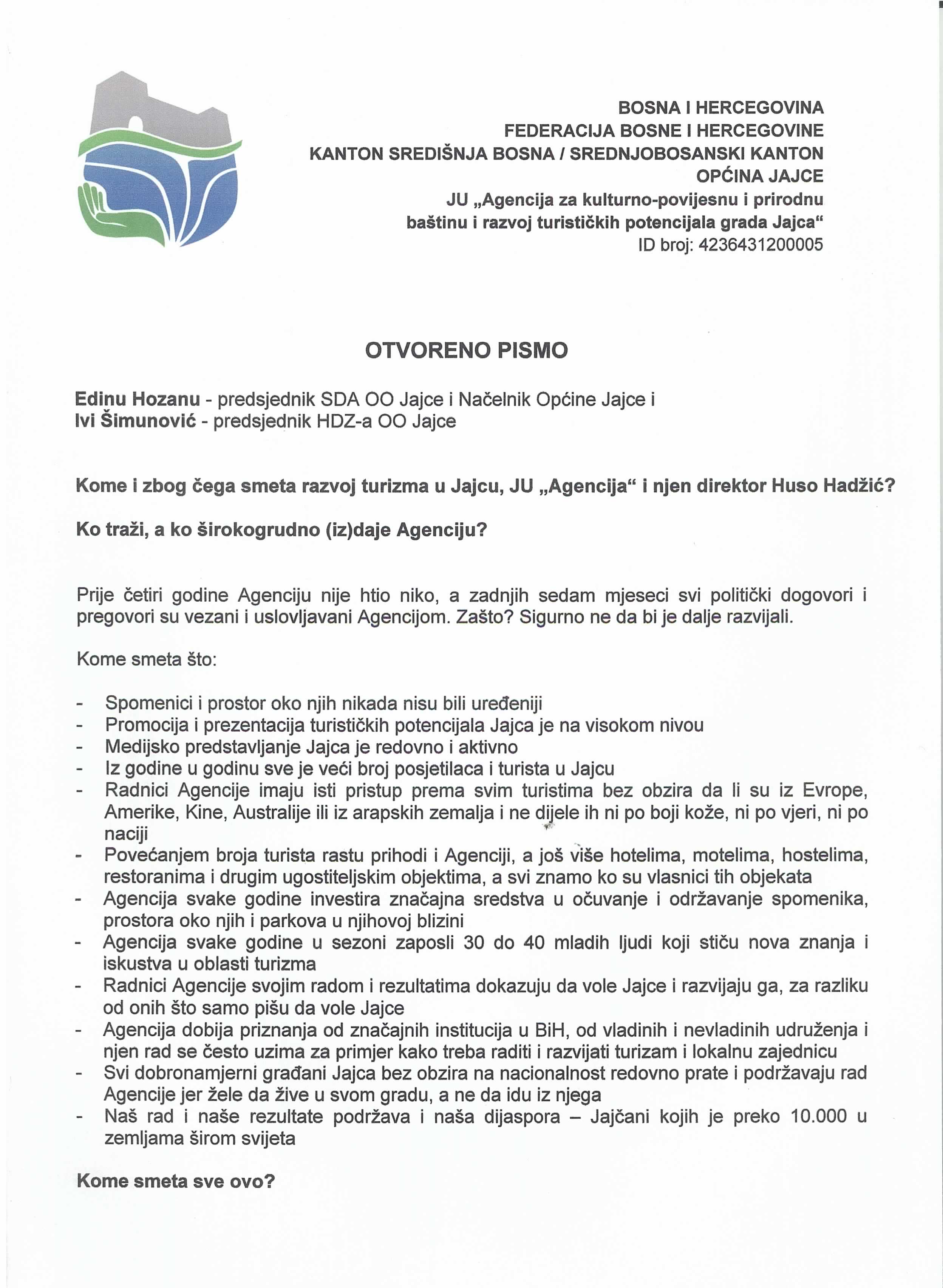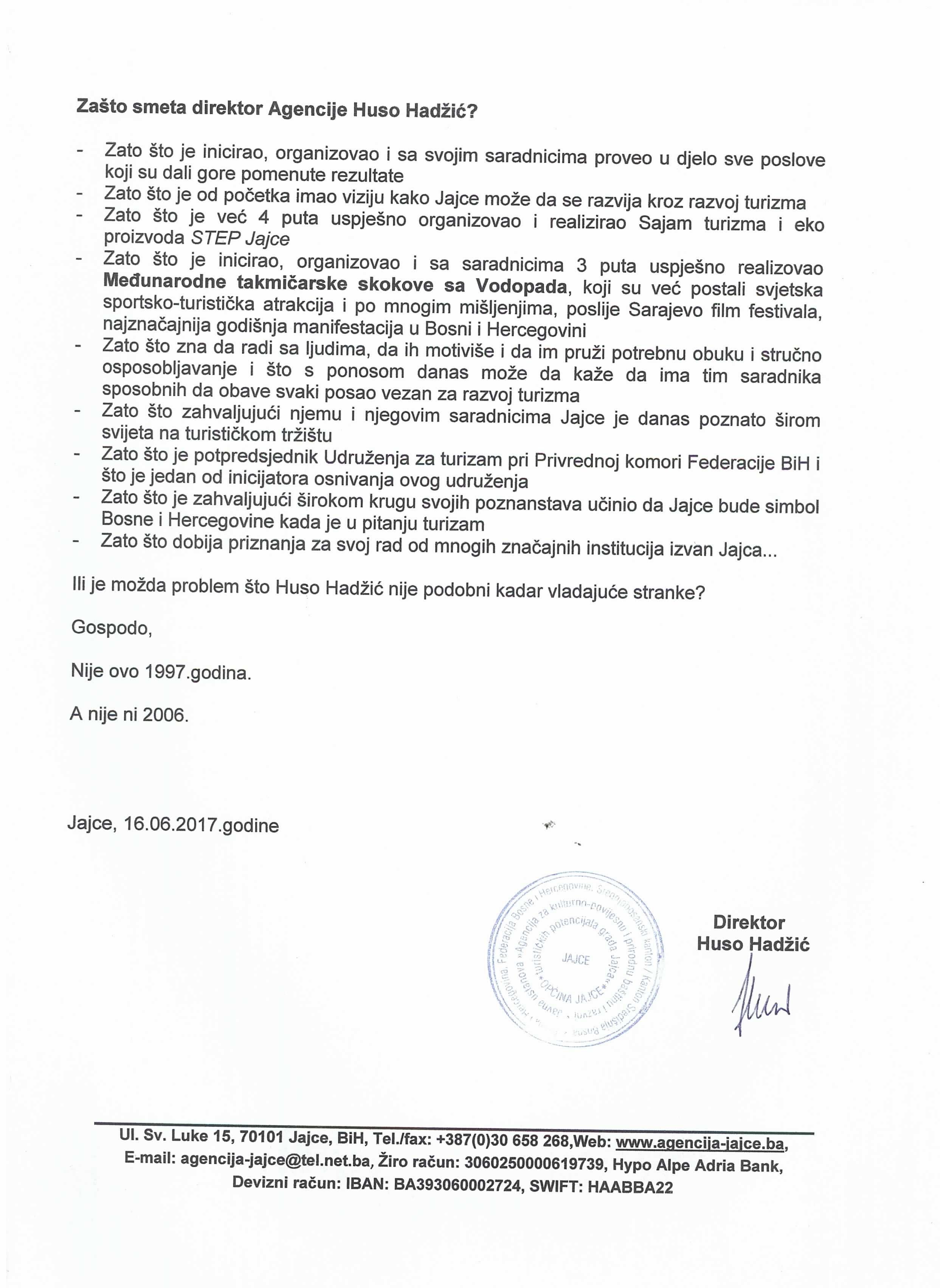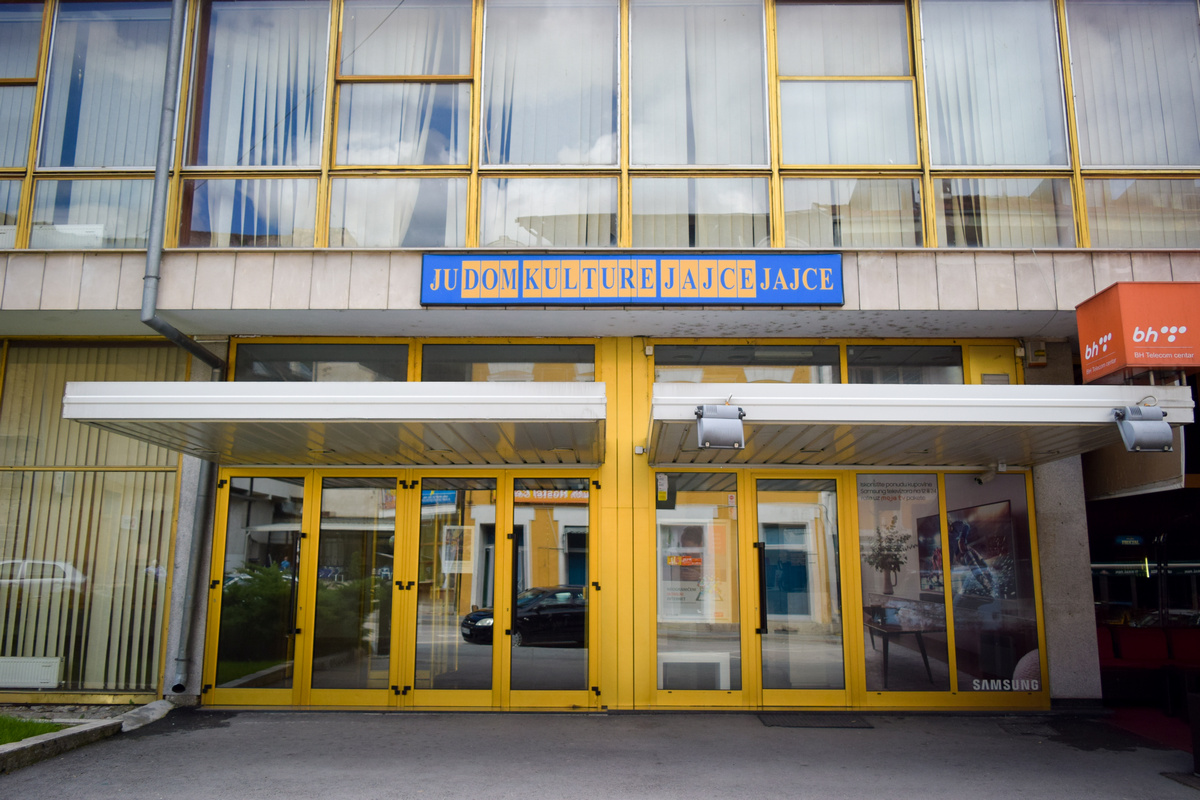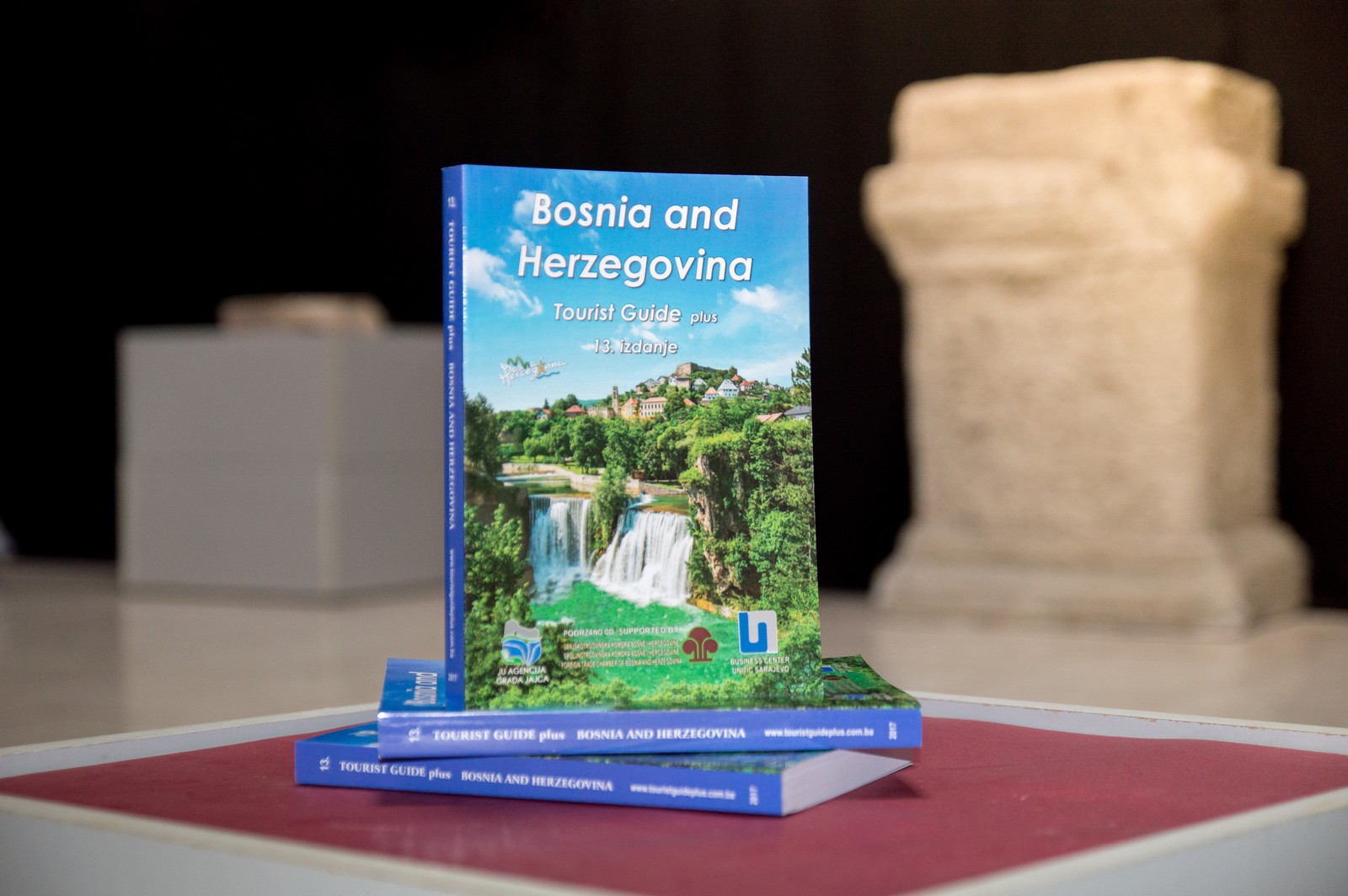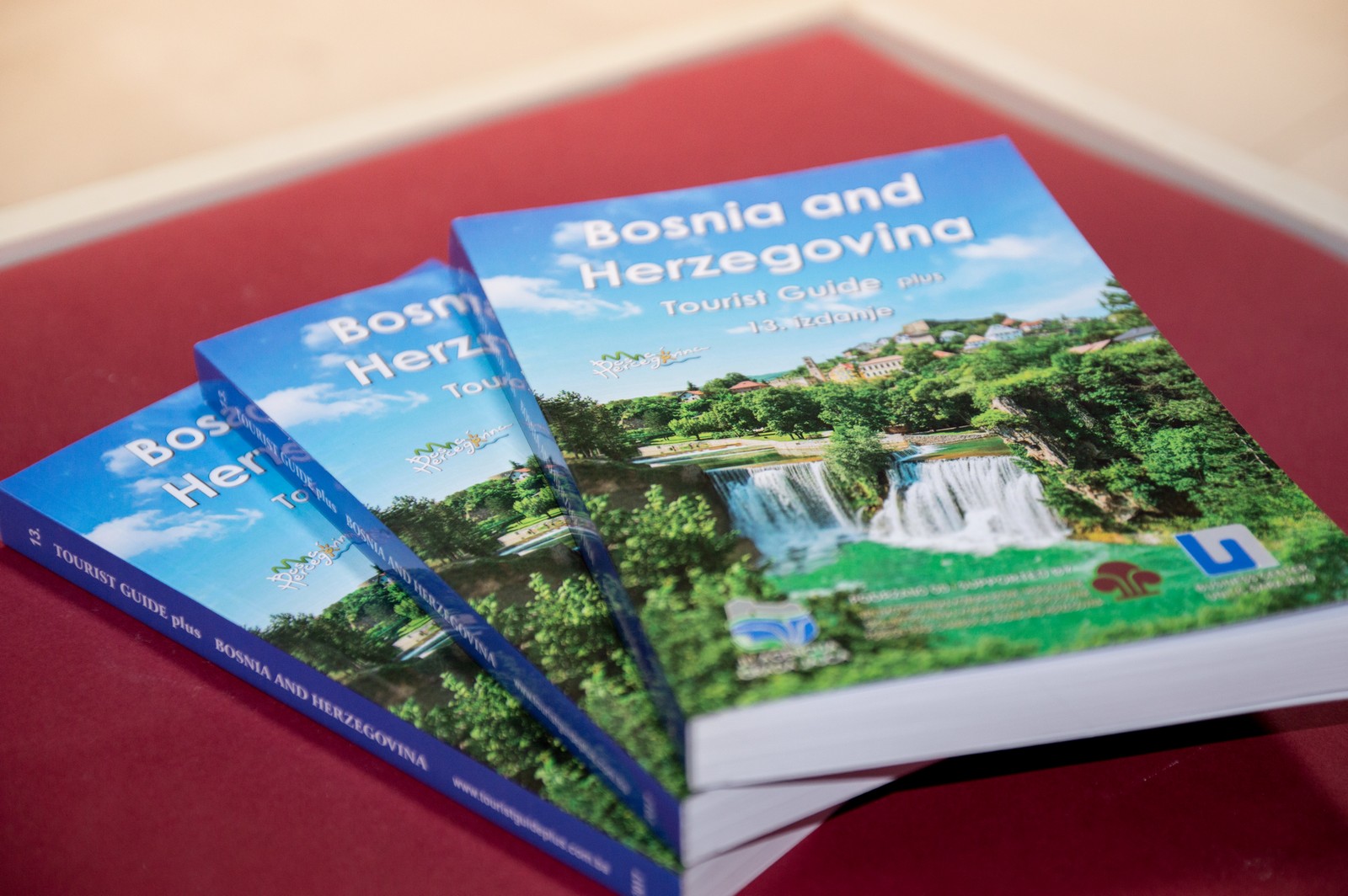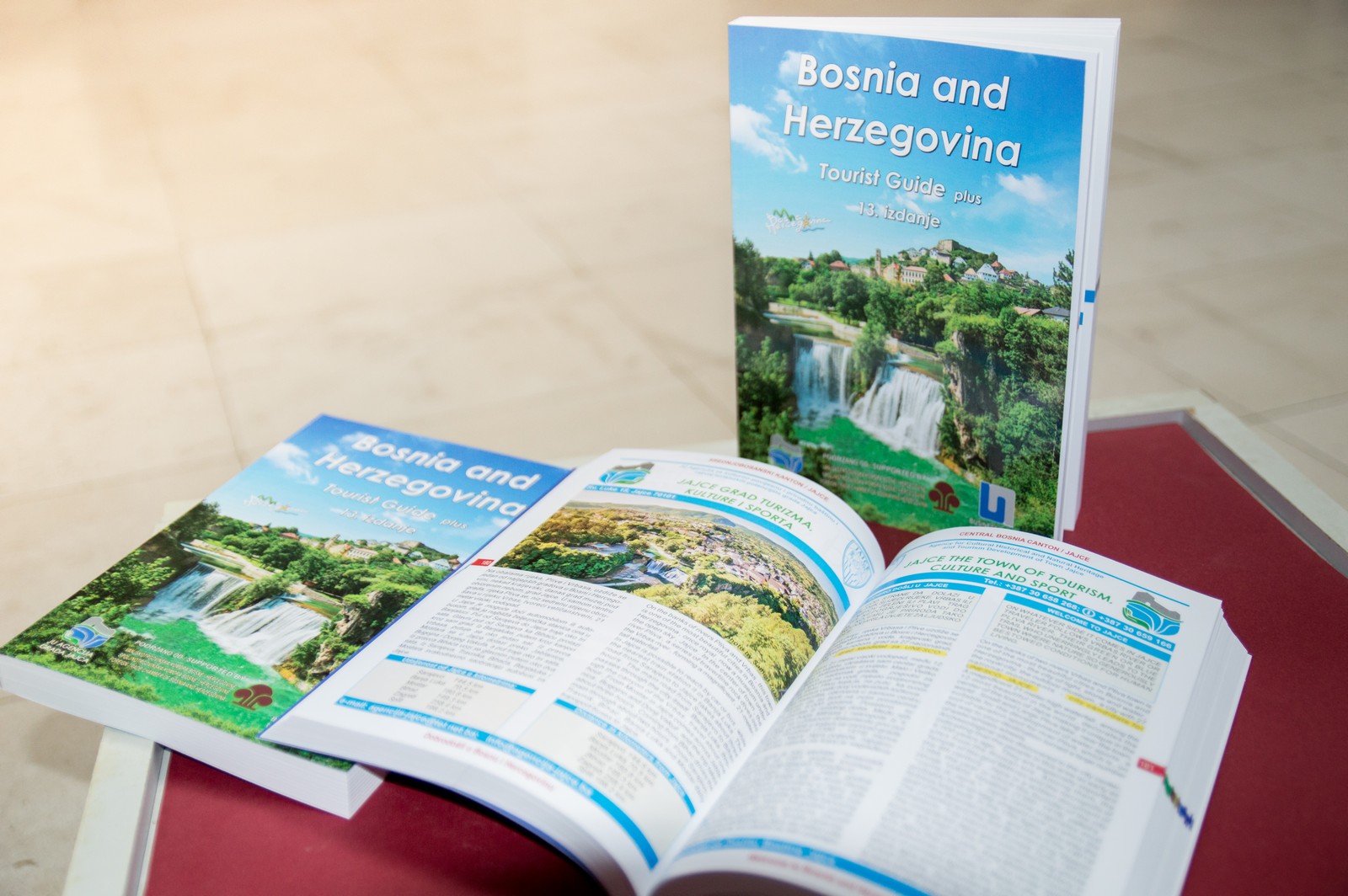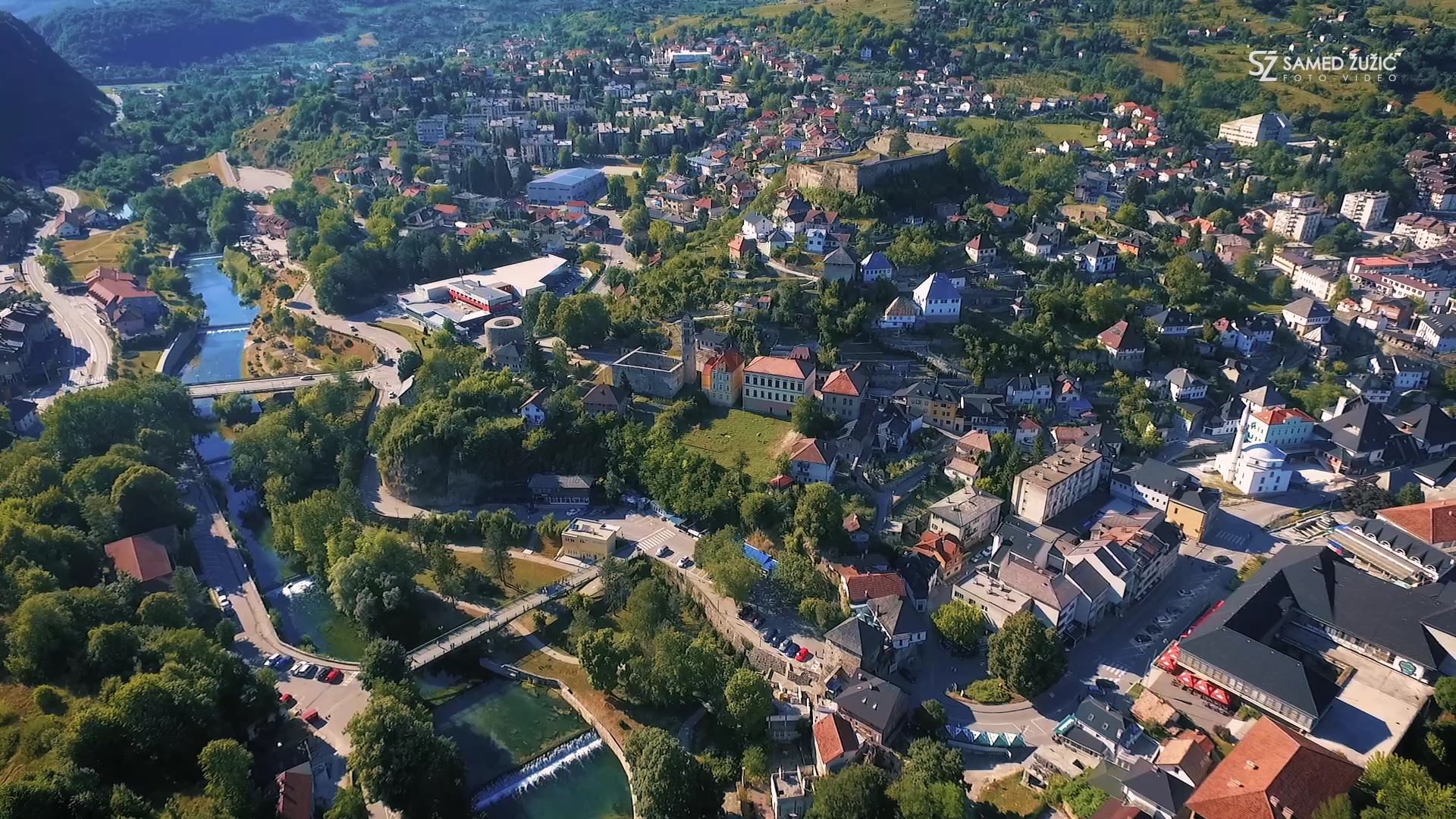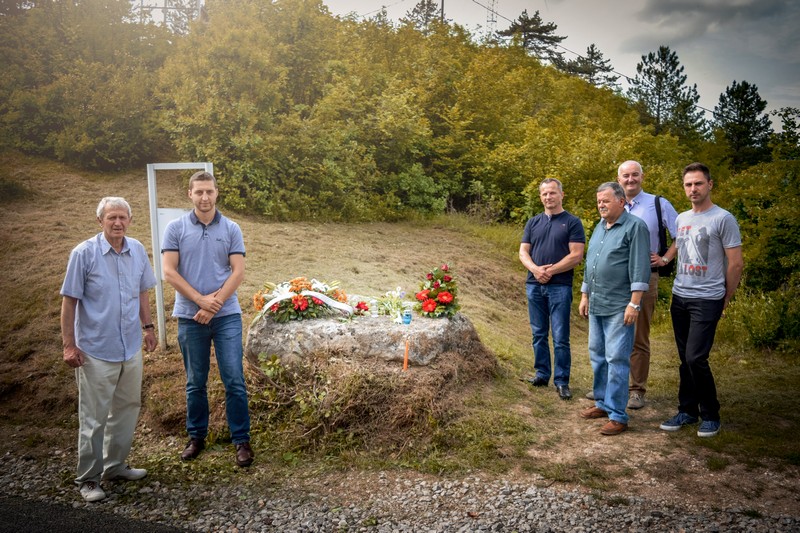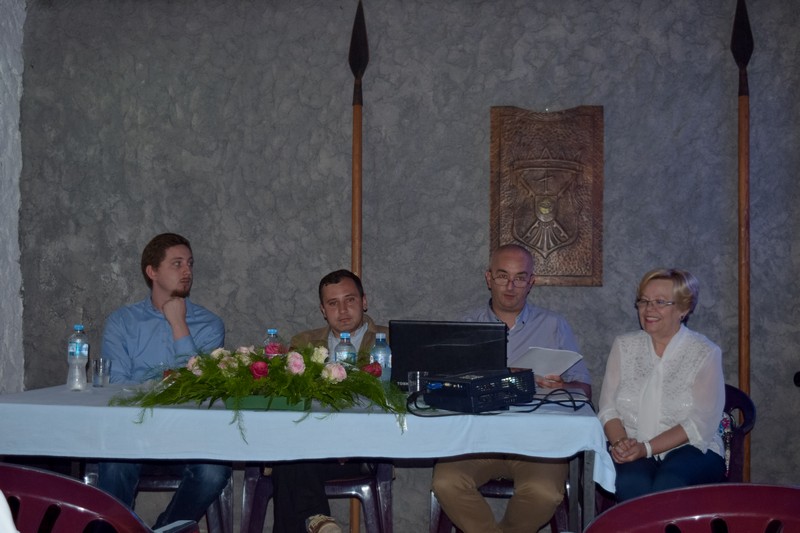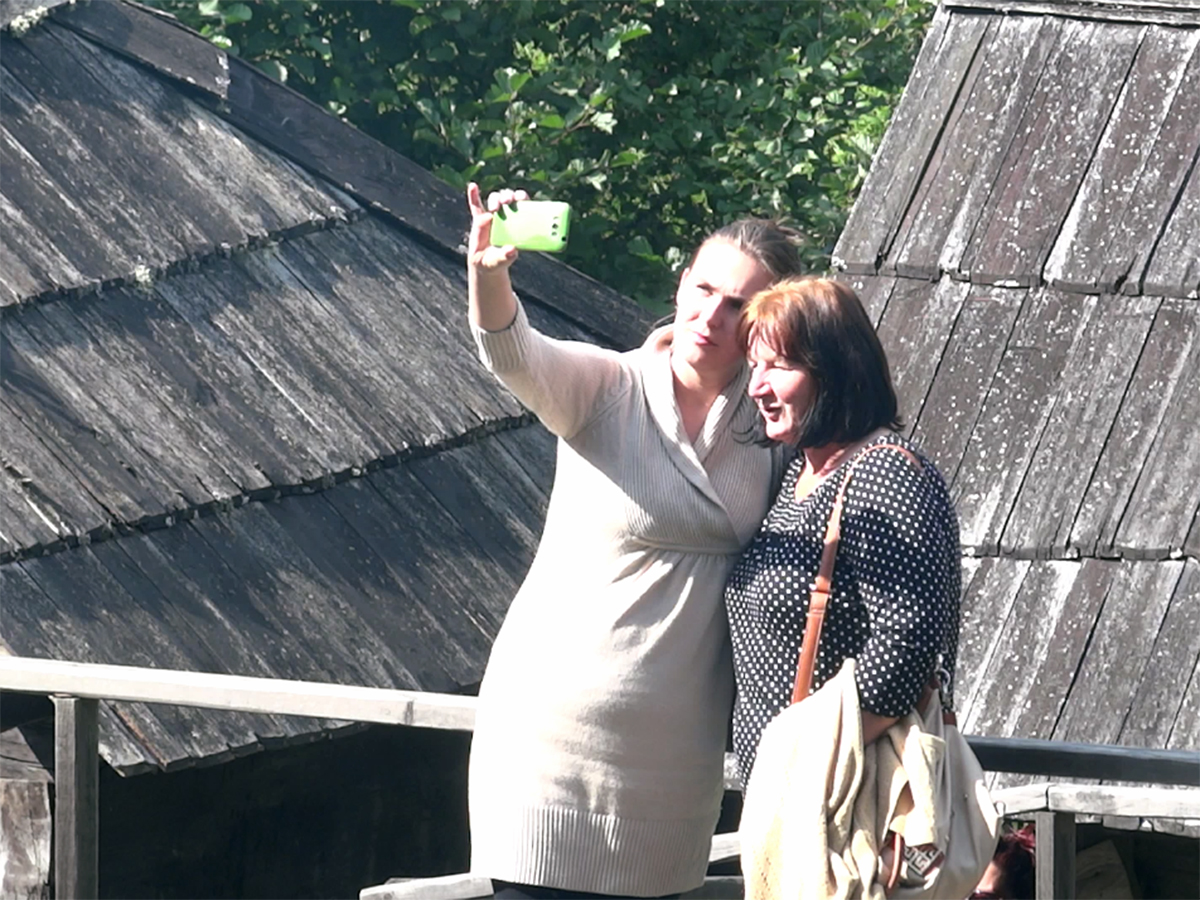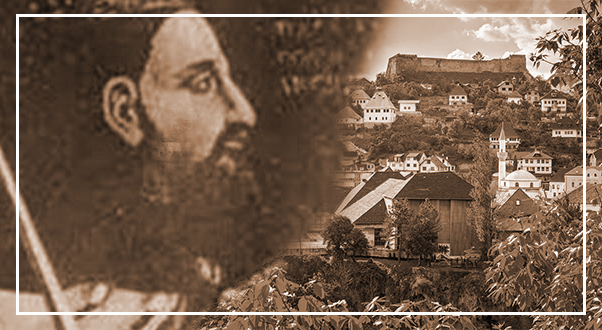U zvaničnoj selekciji 36. Pozorišnih/Kazališnih igara BiH, koje će biti održane od 1. do 9. jula/srpnja biće izvedeno sedam predstava.
Ceremonija svečanog otvaranje i prva predstava održat će se u Muzeju AVNOJ-a u 19 sati. S obzirom da se radi o predstavi kamernog tipa bit će ograničen broj gledalaca na 200.
Selektor 36. Pozorišnih/Kazališnih igara BiH je Almir Bašović. a ključeve grada Jajca ove godine će dobiti doajen bh. glumišta Dragan Jovičić.
PROGRAM 36. POZORIŠNIH/KAZALIŠNIH IGARA BiH U JAJCU
01.07.2017. godine (subota)
17:00 sati – Promocija knjige SKRIVENO BLAGO JAJAČKOG KRAJA autora Darije Puizine i
Atifa kučukovića (Plato Katakombi)
19:30 sati – Ceremonija svečanog otvaranja 36. Pozorišnih/Kazališnih igara BiH u Jajcu
Muzej AVNOJ-a)
20:00 sati – EastWest Centar Sarajevo i BNP Zenica, ZA ŠTA BISTE DALI SVOJ ŽIVOT
Harisa Pašovića u režiji Harisa Pašovića (Muzej AVNOJ-a)
02.07.2017. godine (nedjelja)
19:30 sati – Izložba pozorišnih plakata Branka Bačanovića Bambija (Hol Doma kulture)
20:00 sati – Bosansko narodno pozorište Zenica, MOJA FABRIKA, Selvedina Avdića
u režiji Selme Spahić
03.07.2017. godine (ponedjeljak)
19:00 sati – Promocija časopisa za književnost i kulturu ŽIVOT (salon Doma kulture)
20:00 sati – Pozorište Prijedor, BUNAR, Radmile Smiljanić u režiji Darka Cvijetića
04.07.2017. godine (utorak)
19:00 sati – Izložba slika „AKVARELI“ Envera Krupića (Galerija/Kršlakova kuća)
20:00 sati – Sarajevski ratni teatar SARTR Sarajevo, MAJSTOR I MARGARITA,
Mihaila Bulgakova u režiji Aleša Kurta
05.07.2017. godine (srijeda)
13:00 sati – Sarajevski ratni teatar SARTR Sarajevo, MALA SIRENA, Ljubice Ostojić po
motivima bajke H.C. Andersena u režiji Dubravke Zrnčić-Kulenović
20:00 sati – Gradski teatar Jajce, Jajce, MLINAREV UŠUR, Mustafe Hamura u režiji Hadže
Klipe i Hidajeta Zjaje
06.07.2017. godine (četvrtak)
17:00 sati – Dramska grupa Srednje strukovne škole, ALADIN, Nenada Veličkovića u
režiji Josipe Bogić i Amele Kavazbašić (Muzej AVNOJ-a)
20:00 sati – Kamerni teatar 55 Sarajevo, MIRNA BOSNA, Borisa Lalića u režiji Saše Peševskog
07.07.2017. godine (petak)
18:00 sati – Okrugli sto: Pozorišne/Kazališne igre BiH u Jajcu – Istorijat i perspektiva
(salon Doma kulture)
20:00 sati – Narodno pozorište Tuzla, WOYZECK, Georgea Buchnera u režiji Ivana Funka
08.07.2017. godine (subota)
18:00 sati – 40 godina Studentskog pozorišta u Banjaluci – Od dramske sekcije do
profesionalneteatarske produkcije (salon Doma kulture)
20:00 sati – Studentsko pozorište Banja Luka, MLIJEKO, Vasilisa Kacikonurisa
u režiji Slobodana Perišića
09.07.2017. godine (nedjelja)
19:00 sati – Ceremonija svečanog zatvaranja Festivala, dodjela nagrada i priznanja
20:00 sati – U čast nagrađenih – Helem Nejse, SARAJEVSKI DANI TERORIZMA
po tekstu Mome V. u režiji Irfana Avdića
(Jajce Online)


